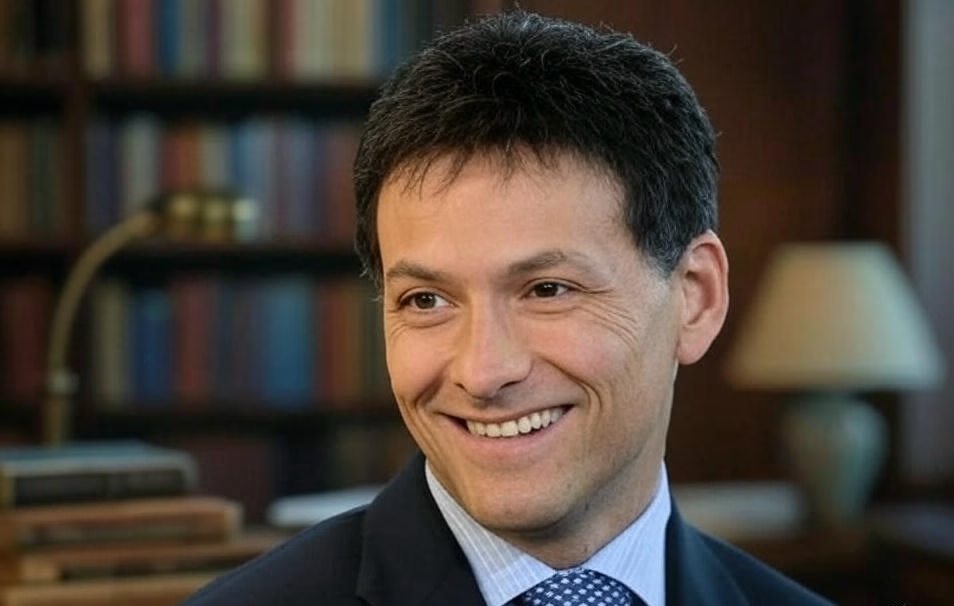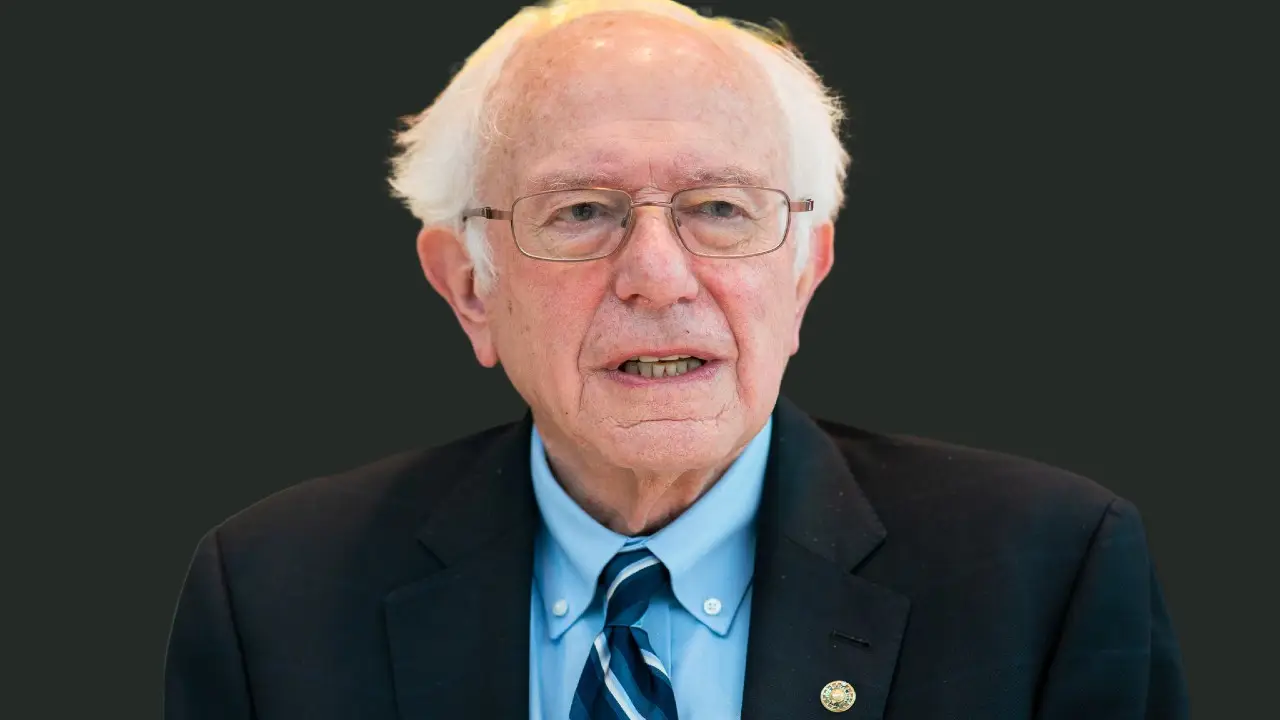David Einhorn’s Strong Start Reflects Global Focus and Fiscal Concerns
David Einhorn, founder of Greenlight Capital, continues his winning streak into 2025. He attributes this success to selective European exposure, long-held gold positions, and a defensive U.S. strategy.
His caution comes from mounting worries over America’s fiscal trajectory. The country faces rising deficits, underwhelming tariff revenues, and little bipartisan action to address spending.
Gold: Confidence Hedge, Not Just Inflation Protection
Einhorn has always framed gold as more than just an inflation hedge. Instead, he sees it as a shield against poor fiscal and monetary policy decisions.
Gold hit record highs in early 2025. Despite this, Einhorn remains bullish.
“Gold is about the confidence and the fiscal policy and the monetary policy,” Einhorn said.
He added that a price of $3,200 would be satisfying. However, if gold skyrockets to $30,000, that would signal a broader economic breakdown.
His conviction remains strong. His portfolio holds both physical gold and options—indicating his deep, long-term trust in the asset.
Tariffs: David Einhorn Fiscal Hope That Falls Short
Many policymakers see tariffs as a potential revenue solution. However, Einhorn warns that expectations are too optimistic.
“People are thinking tariffs might raise hundreds of billions… Now it looks like maybe $100 billion,” he said.
This amount, he explained, barely covers next year’s increase in defense spending. Meanwhile, the core spending issues—entitlements, defense, and interest—remain mostly untouched.
As a result, the broader fiscal imbalance remains unresolved.
Hold Strategy: David Einhorn Betting on Inflation and Market Caution
Part of Einhorn’s 11.9% return this year comes from his conservative repositioning in February. He added index protection and focused on long-term inflation swaps.
“All of these behaviors ultimately lead to inflation and higher inflation,” he explained.
Additionally, he noted a chilling political climate. Spending appeared to decline in sectors aligned with Democratic voters. In contrast, more conservative sectors remained resilient.
This pattern reflects growing consumer polarization—especially as the U.S. approaches the next election cycle.
Outlook: No Real Reform Until the Crisis Hits
Despite wide agreement that current U.S. spending is unsustainable, Einhorn doubts change will come anytime soon.
“There’s a bipartisan agreement to do nothing about the deficit until we actually get to the next crisis,” he said.
Until then, structural reforms will likely remain sidelined. Meanwhile, temporary measures—like tariffs—fail to provide long-term relief.
Conclusion: Gold and Caution in an Uncertain Era
Einhorn’s strategy is clear. First, hold gold as a hedge against policy failure. Second, remain skeptical of easy fiscal fixes like tariffs. Third, prepare for prolonged uncertainty.
His approach suggests that real reform may only come after a crisis. In the meantime, he favors holding firm, staying hedged, and focusing on long-term capital preservation.


